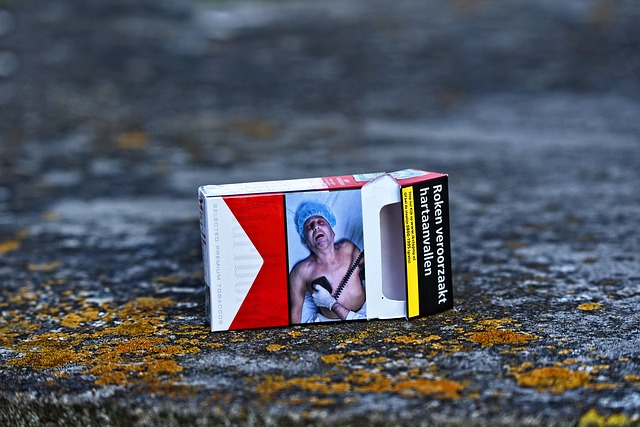The study, “Using Graphic Warning Labels to Counter Effects of Social Cues and Brand Imagery in Cigarette Advertising,” was funded by the FDA and published in Health Education Research. The researchers looked at the effect that graphic warning labels’ had on 451 adult smokers and 474 middle schoolers in rural and urban low-income communities.
The warning labels contained graphic images such as bleeding, cancerous gums and lips, and the researchers found that these were successful at cancelling out the image of smoking as cool, rebellious and fun. “This study suggests the value of graphic warning labels extends beyond just getting people to have more negative feeling about smoking,” said lead author Jeff Niederdeppe, associate professor of communication. “It also seems to have the added benefit of reducing the influence of ‘social cue’ ads that entice young people to want to smoke in the first place.”
Graphic warnings more effective than text-only labels
The study also indicated that the same levels of negative emotion were elicited in the participants whether a graphic warning label covered 20% of a full page, or 50%. “We were pleasantly surprised that the levels of negative emotion were equivalent between those two conditions,” Niederdeppe said. “It suggests that 20 percent coverage on an advertisement is a high enough threshold to create the negative emotion.”
Tobacco Companies’ US websites feature anti-smoking warnings
As part of a 2006 federal court decision finding tobacco companies guilty of misleading the public about the risks associated with smoking, as of November 2017, prime-time tv in the US has been featuring court-mandated adverts against smoking.
Additionally, as of last Summer, the major tobacco companies in the US have been displaying similar warnings on their websites. The corrective statements which are also available in Spanish, have been addressing five topics: smoking’s health effects, the addictiveness of smoking and nicotine, the lack of any benefits from cigarettes labeled “low tar” and “light,” how the delivery of nicotine was enhanced by cigarette design and finally the negative effects of secondhand smoke.












